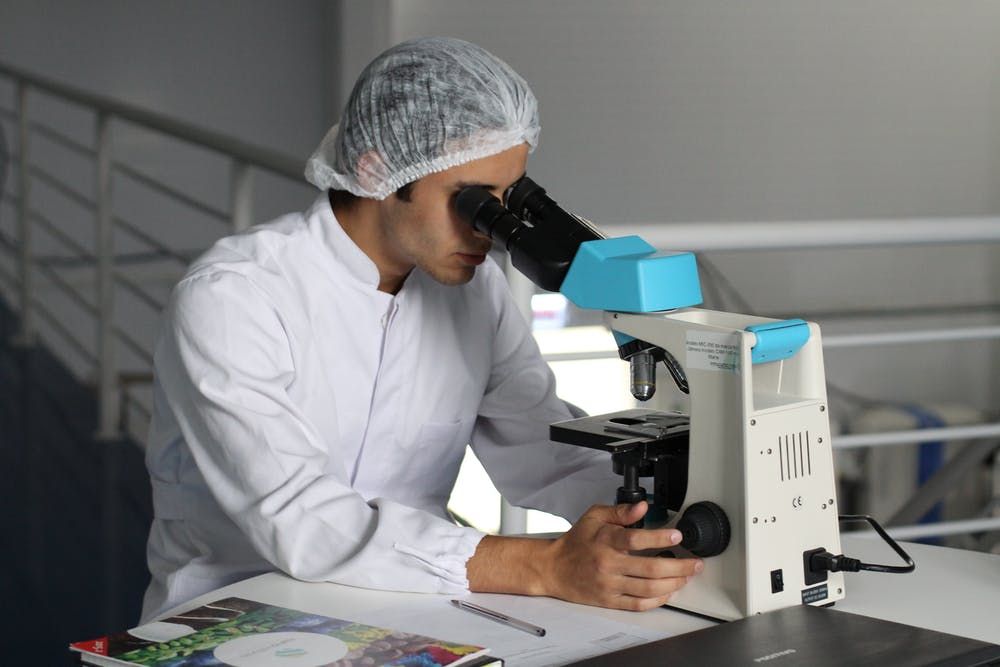Genetic Variations Reveal Link to COVID-19
Patients with pervasive conditions are found to be more at risk for a severe case of COVID-19.

A recent letter, published in the New England Journal of Medicine, shows findings that shed light on the underlying mechanisms of COVID-19. The research supporting the letter has determined potential connections with genetic risk factors and the level of severity in patients with the coronavirus disease 2019 (COVID-19).
Since the beginning of the COVID-19 pandemic last year, physicians the world over have been puzzled as to why some patients experience mild to no symptoms while others become severely ill. However, a growing body of genetic evidence now seems to illuminate certain risk factors impacting susceptibility levels and disease severity in patients with COVID-19.
"Patients with COVID-19 display a wide array of clinical manifestations and degrees of severity, ranging from flu-like symptoms to acute respiratory distress," Robert E. Gerszten, the leader behind the research said. “While pre-existing conditions, particularly cardiovascular and metabolic disease, are risk factors for disease severity and outcomes, the underlying reasons that some people develop life threatening disease while others remain asymptomatic are not well understood."
Data collected from the United States, Europe and China connects two regions of the human genome with outcomes of the disease, but scientists needed to understand which proteins the regions code for and how they interact with the disease in the body. Gerszten and his colleagues have created a database over the last several years that helps explain this. After pouring over the proteins and metabolites of the human genome, they found certain “hot spots” that are associated with COVID-19.
The two regions seem to increase respiratory failure in patients with the disease, with one being found to be implicated in the process of how the virus infects cells. The other region was connected with a protein that may play a role in attracting lymphocytes, a type of immune cell, to different sites of the infection, but this is not currently very well understood and warrants further investigation.
"We leveraged our huge database -- it's more than 100 terabytes' worth of data -- to very quickly determine that the protein most highly expressed by that region turned out to be a co-receptor for the virus that causes COVID-19, suggesting that this might be a target for therapeutic interventions,” said Gerszten. “The so-called antibody cocktails currently available mostly target the spike proteins on the virus. In turn, our work identifies which proteins in the human body that SARS-CoV-2 and other coronaviruses latch on to."

















